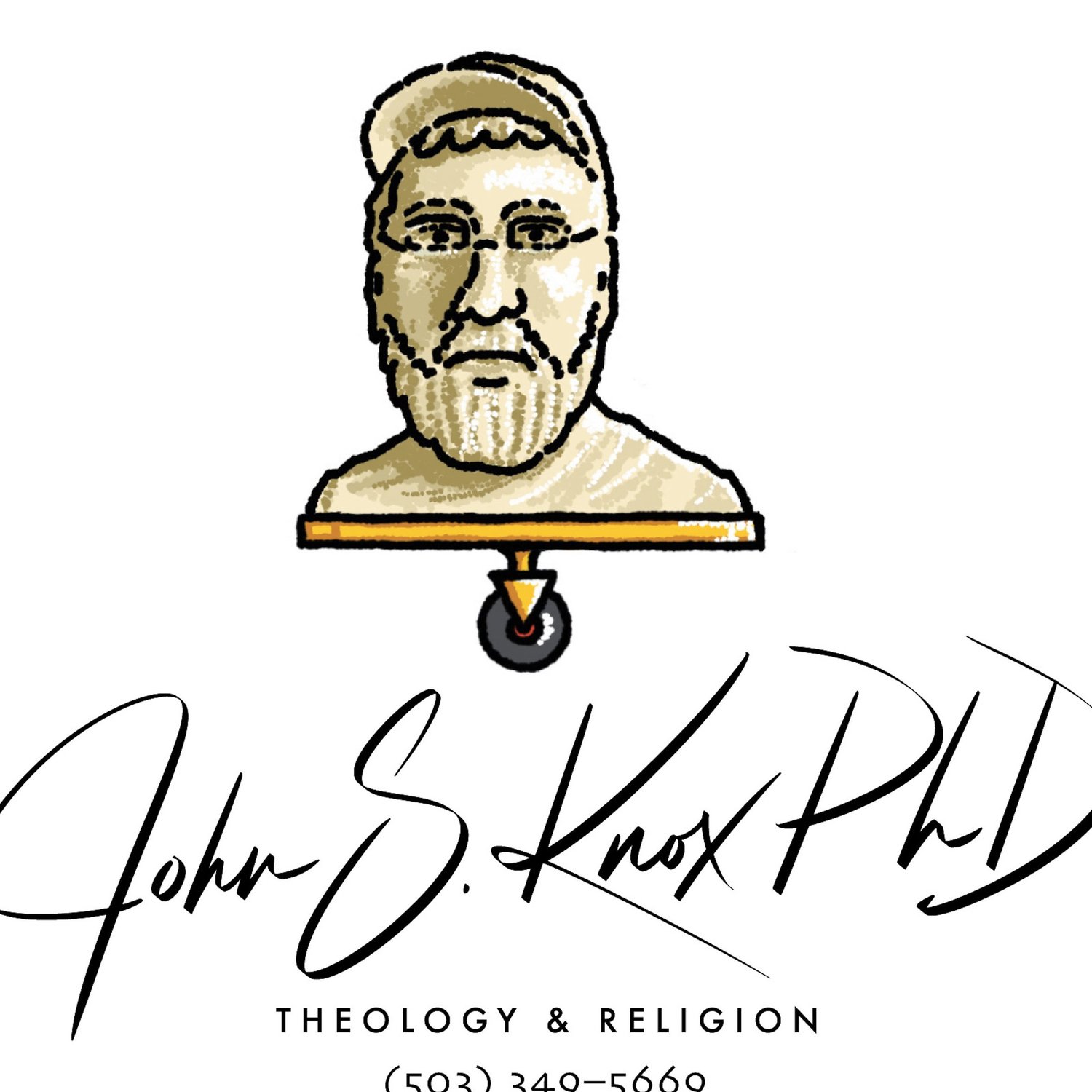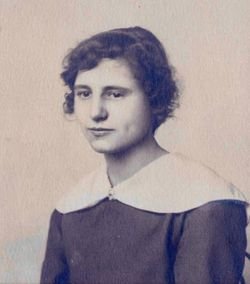The life of any minister or missionary is typically a dramatic and dynamic affair. The duties of being a devoted ambassador of the faith are huge, weighty, and inescapable. Some people seem born to be ministers and thrive; others cannot endure the trials and temptations in ministerial leadership. As retired Lutheran minister Peter W. Marty explains,
Congregational ministry is demanding. I know this firsthand, having given this calling everything I had for 39 years. Conversing through tears at the bedsides of hundreds of dying friends. Showing up at murder scenes, fatal car crash sites, and households reeling from suicide. Shepherding a few parishioners who enjoyed tearing at the fabric of the congregation and undermining my leadership. Speaking hard truth to individuals in wretchedly difficult personal situations. Letting staff colleagues go who weren’t a good fit. Navigating lonely moments. Loving people who were more fascinated by politics than by faith. Enduring more 16-hour days than I can calculate. But you know what? I count everything I got to do, maybe especially the toughest responsibilities, as true privilege.[1]
Reverend Marty’s perspective is not unique. From Christianity’s earliest days, other evangelists rejoiced in their callings and embraced their personal struggles and sacrifices for the sake of the One (Jesus) who obediently followed God’s own calling for Him, which ultimately led Him to the cross for others’ sakes and eternal salvation. As the apostle Paul confessed from prison, “It is right for me to feel this way about all of you, since I have you in my heart and, whether I am in chains or defending and confirming the gospel, all of you share in God’s grace with me. God can testify how I long for all of you with the affection of Christ Jesus” (Phil 1:7–8).[2]
In joyous times and sad, in good health and bad, in energetic youth and weary maturity, in great acceptance or outright rejection, in great abundance or in pitiful scarcity, the apostle Paul devoted all he could (to the very end) in his mission from God. If Paul is the superlative model, then to be a minister is to have a sacrificial, steadfast, servant’s heart—for God and for others—in all climates, cultures, and conditions.
As such, the life and work of Quaker missionary R. (Ruth) Esther Smith is a powerful testimony to one who also heard the Lord’s calling to go to a far away land and to share the gospel to whomever would hear it. Stansell writes, “On June 8 [1906], less than two months after the earthquake and fire, Esther—while walking down a street in Oakland—felt she heard God's word to her: Guatemala. Joy filled her heart at the thought of joining her friends there.”[3]
Regarding her ministry in Guatemala and Central America, Paul Enyart shares:
Of all the early pioneers, Ruth Esther Smith contributed the most to the establishment of a solid Mission. She was a woman of great faith and vision and often worked against apparently insurmountable obstacles. A capable organizer and efficient administratrix, she led the Mission for over forty years and saw the Church grow from 12 believers in 1906 to nearly 5000 at the time of her death in 1947.[4]
Virginia Miller affirms R. Esther Smith’s importance to the Mission in Guatemala, stating, “Ruth Esther was not only a capable leader; she was a godly person who walked in the Spirit, truly a lady of prayer and action. She loved people and they loved and respected her in return.”[5]
For most of her tenure as administrator of the Mission, R. Smith demonstrated strong leadership qualities in her missional labors in the office or in the field. With great efficiency, she 1) helped the Mission meet its goals despite adversity and limited resources (showing instrumental leadership), and 2) regularly sought to create group harmony and unity (showing expressive leadership).[6] She is what most would call a “born leader;” and held the reins of the Mission firmly for decades (but perhaps too tightly at the end of her governance).
As with all human leaders, Smith was fallible and prone to the typical weaknesses and dependency issues that accompany aging and institutional rigidity. As the main character in Hemingway’s famous novel confessed, “I may not be as strong as I think,” the old man said. “But I know many tricks and I have resolution.”[7] Although Smith was expert at accomplishing missional goals in the most difficult of environments and situations outside her control, in her later years, she showed tendencies of over-self-reliance, xenophobia, and anxiety over the future of the Mission.
Enyart remarks:
The close control held over the Mission and Church by Ruth Esther Smith in the early days was an aid to the growth and development of a solid Church. She had a large vision and definite goals for the future, and she led the Mission and Church toward achieving them. However, it appears it was difficult for her to delegate responsibility, and eventually the Church outgrew the limits of her control. No single individual could effectively direct the work without help.[8]
Miller adds, “She was highly respected, not only by the Christians, but also by government officials, merchants and professional people. It became increasingly evident, however, that she could no longer give dynamic leadership to the greatly expanded ministry in Central America, and that it was difficult for her to delegate responsibility.”[9]
Yet, even with the aforementioned in mind, R. Esther Smith’s legacy and reputation are still highly commendable. Her missions work eventually spread much further into Central and South America, and in the end, when her physical health was failing, she continued to be an advocate and arbitrator for numerous initiatives, enterprises, and hopes in present/future missions to the region. As Stansell wisely concludes, “Despite the problems, none can deny the example of a deep faithfulness and commitment to the Great Commission lived and breathed by ‘Miss Ruth of Chiquimula.’ An account of weaknesses and failures should not obscure her stature and greatness. She was correctly hailed as a pioneer who gave faithful and fruitful service.”[10]
[1] Peter W. Marty, “The Privilege of Ministry,” The Christian Century 142, no. 2 (2025): available online at https://www.christiancentury.org/first-words/privilege-ministry.
[2] All scriptures are taken from THE HOLY BIBLE, NEW AMERICAN STANDARD BIBLE (NASB).
[3] Ron Stansell, Missions by the Spirit: Learning from Quaker Examples (Newberg: Barclay, 2009), 88.
[4] Paul Enyart, Friends in Central America: A History of Church Growth (South Pasadena: William Carey Library1970), 53.
[5] Virginia Miller, His Story: 1902–2002 (Whittier: Evangelical Friends Southwest, 2002), 2.
[6] John S. Knox, Sociology is Rude! A Concise Introduction to Sociological Theories (Dubuque: Kendall-Hunt, 2022), 107.
[7] Ernest Hemingway, Old Man and the Sea (New York: Scribner Classics, 1996), 20.
[8] Enyart, Friends in Central America, 53.
[9] Virginia Miller, His Story, 7.
[10] Stansell, Missions by the Spirit, 132.
Bibliography
Enyart, Paul. Friends in Central America: A History of Church Growth. South Pasadena: William Carey Library, 1970.
Hemingway, Ernest. Old Man and the Sea. New York: Scribner Classics, 1996.
Knox, John S. Sociology is Rude! A Concise Introduction to Sociological Theories. Dubuque: Kendall-Hunt, 2022.
Marty, Peter W. “The Privilege of Ministry.” The Christian Century 142, no. 2 (2025). https://www.christiancentury.org/first-words/privilege-ministry.
Miller, Virginia. His Story: 1902–2002. Whittier: Evangelical Friends Southwest, 2002.
Stansell, Ron.Missions by the Spirit: Learning from Quaker Examples. Newberg: Barclay, 2009.

